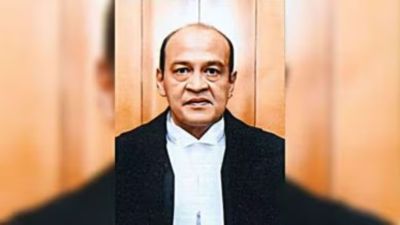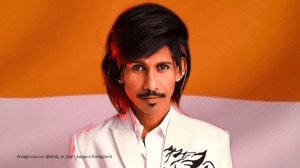Click here to follow Screen Digital on YouTube and stay updated with the latest from the world of cinema.
Who was Dadasaheb Phalke?
Dadasaheb Phalke possessed the mind of an artist much before he began to make films. He had been a photographer. He studied engineering and sculpture. It was only after watching a silent film The Life of Christ that he got interested in motion pictures.
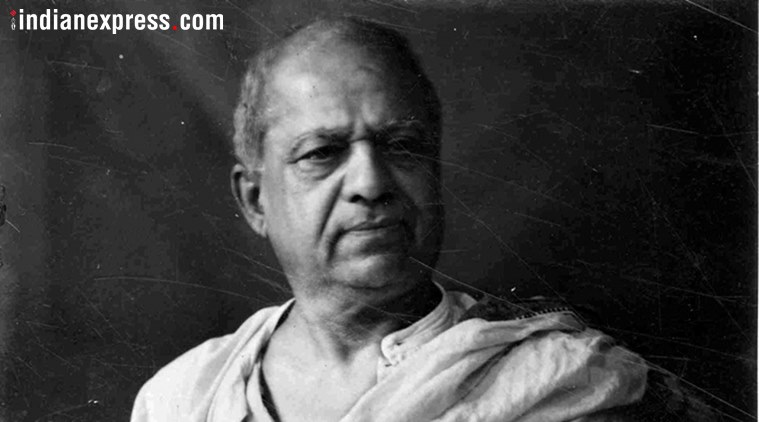 Dadasaheb Phalke is known as the father of Indian Cinema. (Express archive photo)
Dadasaheb Phalke is known as the father of Indian Cinema. (Express archive photo)
Today is Dadasaheb Phalke’s 148th birth anniversary. A Marathi, Dadasaheb Phalke, whose real name was Dhundiraj Govind Phalke, is credited with making Raja Harishchandra, the first feature film in India, and is thus called the father of Indian cinema. He did everything for the project – production, writing and direction. He even built the set himself and shot it for 7 months and 21 days.
In those days, cinema around the world was still in its infancy. Making a single film even without sound (sound did not come to Indian films until 1931’s Alam Ara by Ardeshir Irani) was an expensive proposition that required inventiveness and improvisation even if you had money. If you did not, well, even the cost of film stock was enough to make you bankrupt.
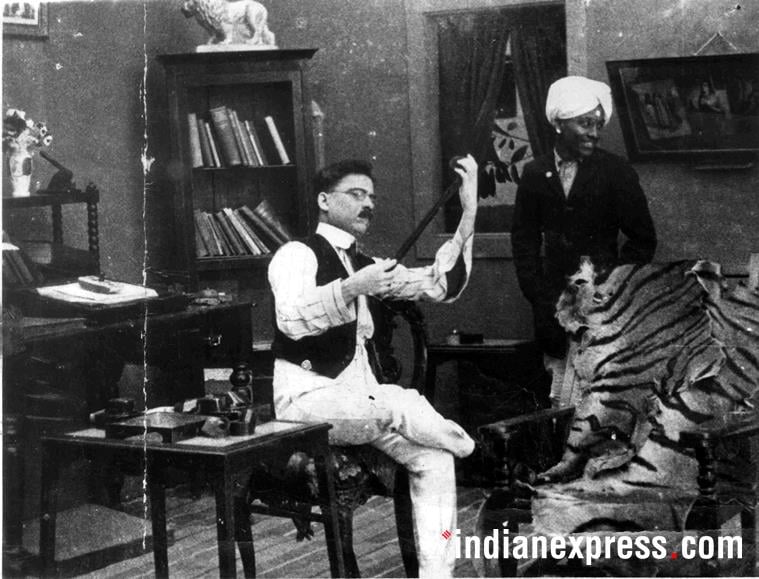 Dadasaheb Phalke as a young man. (Express Archive photo)
Dadasaheb Phalke as a young man. (Express Archive photo)
Dadasaheb Phalke possessed the mind of an artist much before he began to make films. He had been a photographer. He studied engineering and sculpture. He worked with the famous painter Raja Ravi Varma. He owned a printing press for a while, and so on. It was only after watching a silent film The Life of Christ that he got interested in motion pictures.
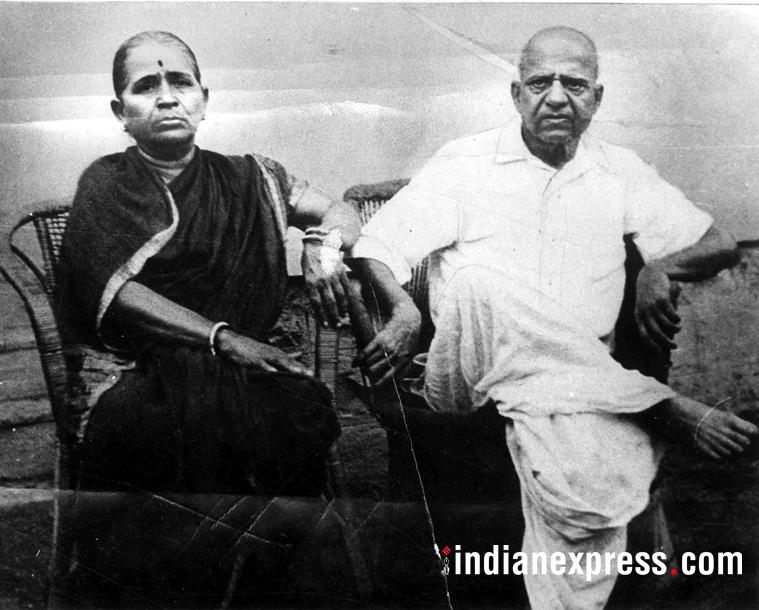 Dadasaheb Phalke with his wife Saraswatibai. (Express archive photo)
Dadasaheb Phalke with his wife Saraswatibai. (Express archive photo)
Also Read | Dadasaheb Phalke’s 148th birth anniversary: Google dedicates doodle to father of Indian Cinema
Dadasaheb Phalke made Raja Harishchandra in 1912 and it was shown in 1913. The story was based on a legendary noble and just king of the same name from Hindu mythology who was famous for always telling the truth come what may. He gave away his kingdom, became a slave along with his family because of a vow he made to a sage. After this film, Phalke went on to make about 130 films most of which were inspired by Hindu myths. He passed away in 1944 in Nasik after having retired after his last film, 1932’s Setubandhan.


Photos
Photos
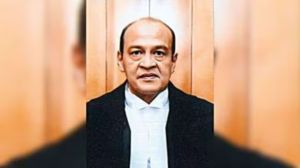
- 01
- 02
- 03
- 04
- 05


